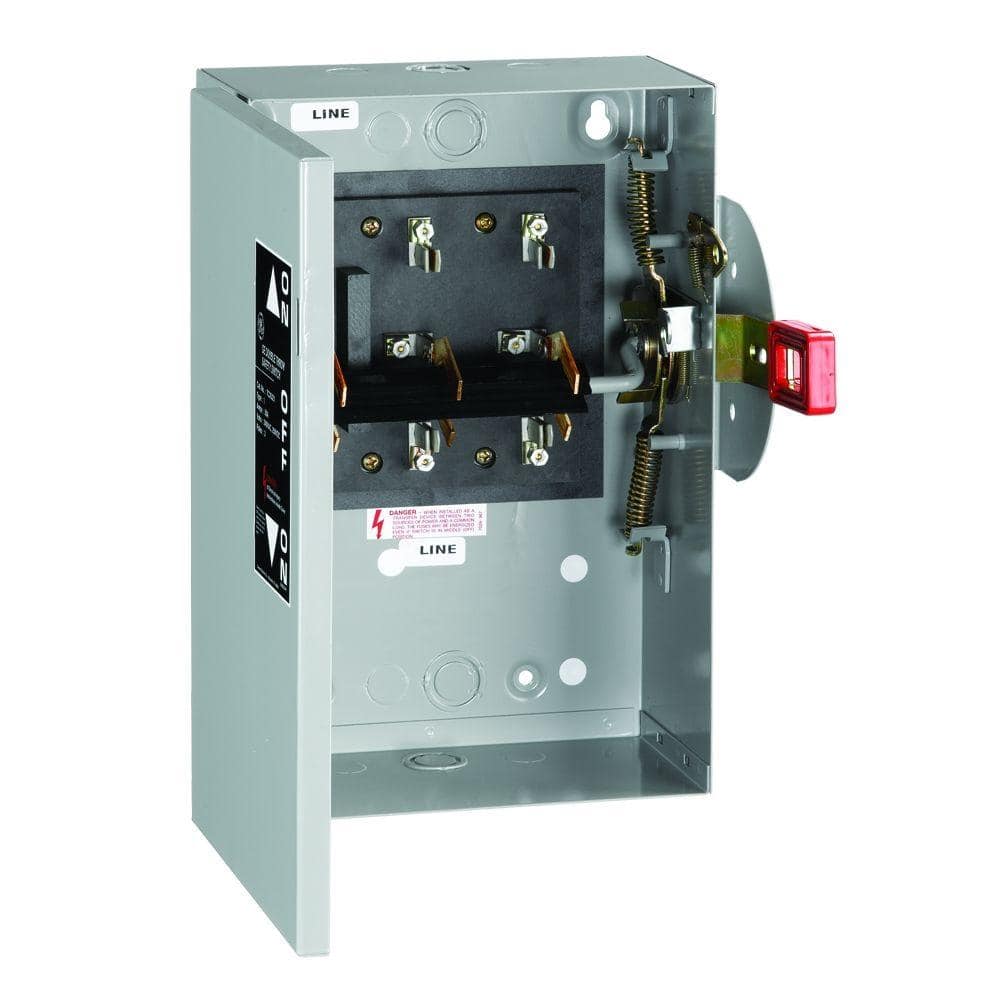Hi everyone! I recently took delivery of a Tesla Model 3 Long Range, and I love it!
Unfortunately, it seems that I should have done more homework when it comes to charging. I live in a 1970's condo unit in Los Angeles and I'm trying to get home charging installed. My HOA is receptive to me installing charging, so that's not an issue. My two issues are
1) My electrical meter is over 400 feet away from my parking spot. That means that my cabling might be expensive. However, my actual apartment (which has my electrical panel) is directly above my parking space.
2) My unit's main breaker is only 70A.
I spoke to two electricians so far. The first one came out and was the one who measured the distance. He said he would upgrade my main breaker to 100A and then run the power all the 400 ft to my space for $5700! That was a LOT and I'm also wonder if it's "okay" to just replace the breaker.
I then called another electrician over the phone (haven't had them come out yet) and asked if it was reasonable to just the power from my *panel* in my unit to the car. That would only be 80 ft, but he expressed concern over my 70A breaker. That said, he thinks it might be possible to do a slow 20A breaker. I do have air conditioning in this 650 sq ft unit.
So what's the deal here? Why is it that one guy is willing to upgrade the breaker but then wants to run the 400 ft wiring run, while the other guy is willing to run from the panel but is concerned about the amount of power I have available? What does you all think the best way to go is? Try to get power from my panel? Swallow the cost of a 400 ft run? Is it even safe to upgrade my breaker or to tap off my panel??
For reference, here's my breaker panel:

Unfortunately, it seems that I should have done more homework when it comes to charging. I live in a 1970's condo unit in Los Angeles and I'm trying to get home charging installed. My HOA is receptive to me installing charging, so that's not an issue. My two issues are
1) My electrical meter is over 400 feet away from my parking spot. That means that my cabling might be expensive. However, my actual apartment (which has my electrical panel) is directly above my parking space.
2) My unit's main breaker is only 70A.
I spoke to two electricians so far. The first one came out and was the one who measured the distance. He said he would upgrade my main breaker to 100A and then run the power all the 400 ft to my space for $5700! That was a LOT and I'm also wonder if it's "okay" to just replace the breaker.
I then called another electrician over the phone (haven't had them come out yet) and asked if it was reasonable to just the power from my *panel* in my unit to the car. That would only be 80 ft, but he expressed concern over my 70A breaker. That said, he thinks it might be possible to do a slow 20A breaker. I do have air conditioning in this 650 sq ft unit.
So what's the deal here? Why is it that one guy is willing to upgrade the breaker but then wants to run the 400 ft wiring run, while the other guy is willing to run from the panel but is concerned about the amount of power I have available? What does you all think the best way to go is? Try to get power from my panel? Swallow the cost of a 400 ft run? Is it even safe to upgrade my breaker or to tap off my panel??
For reference, here's my breaker panel:
Last edited:





